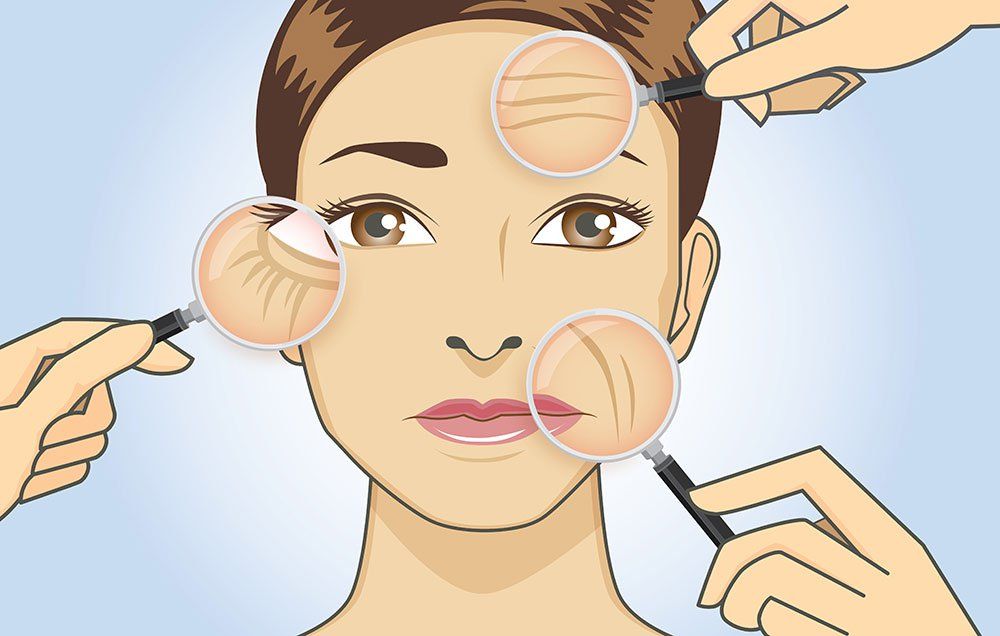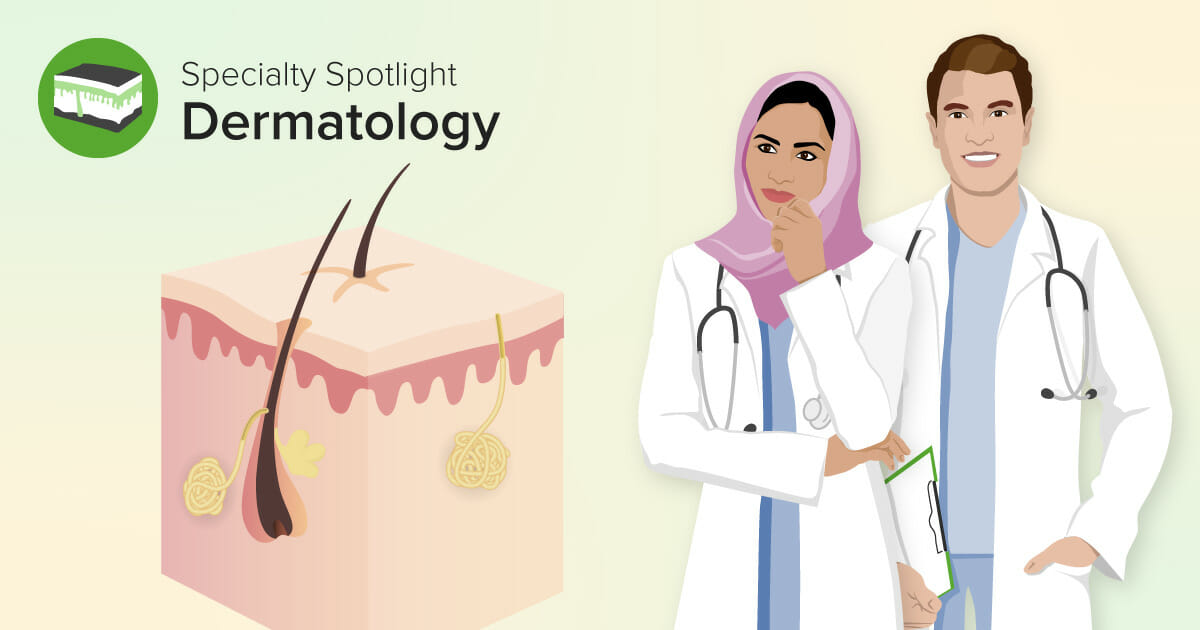Exploring the Fundamentals of Dermatology: Trick Insights on Acne, Mole Management, and Dermatitis Relief
Understanding the intricacies of dermatology is key to taking care of usual skin issues. Whether it's the hormone dancing that sets off acne, the subtle modifications in a mole that might signify a serious condition, or the unrelenting inflammation of dermatitis-- knowledge is vital.
Recognizing the Scientific Research of Skin: Dermatology Explained

Acne Introduced: Reasons, Symptoms, and Treatments
An estimated 85% of individuals worldwide experience acne at some point in their lives, making it one of the most typical skin disease. Acne is largely created by the overproduction of oil and the buildup of dead skin cells in hair follicles, which results in clogged pores. This condition is worsened by hormone changes, anxiety, and particular medications. Symptoms normally consist of blackheads, whiteheads, and various kinds of acnes. These signs can happen anywhere on the body, yet frequently appear on the face, breast, and back. Therapies vary depending upon intensity, but typically include over the counter cleansers, prescription medicines, and way of life changes such as a balanced diet plan and routine workout. Acne's impact goes beyond the physical, usually affecting people' self-confidence and mental health and wellness.
The ABCs of Mole Monitoring: Recognition and Removal
Just how typically do we pay focus to the small, relatively insignificant moles on our skin? Not usually, i was reading this yet routine mole management is essential to skin health and wellness. Moles, little pigmented places on the skin, can change over time and may signify skin cancer.
Dermatitis Relief: Reliable Techniques for Calming Your Skin
Eczema, a chronic skin disease marked by itchy, swollen spots, affects countless individuals worldwide. This problem typically triggers a savage cycle of itching and damaging, aggravating the inflammation. Reliable techniques for alleviation primarily entail lowering inflammation and itching, thus breaking this cycle. Topical corticosteroids, widely recommended by skin doctors, work by suppressing the immune action, which consequently reduces inflammation and redness. Antihistamines, often used in tandem with corticosteroids, aid to reduce itching. Creams, specifically those containing ceramides, are crucial for repairing the skin obstacle and protecting against moisture loss. For serious cases, systemic treatments such as immunosuppressants may be considered. Light treatment, using ultraviolet light to decrease inflammation, is an additional option for chronic, extreme dermatitis - acne treatment.
Safety Nets and Daily Skin Care Routines for Optimal Skin Health
While preserving healthy skin may seem difficult, it can be attained via easy, everyday skincare regimens and precautionary procedures. These regimens must preferably entail cleaning, toning, moisturizing, and sun defense. Cleaning frees the skin of dust and excess oil, stopping clogged up pores that result in breakouts. Toning brings back the skin's natural pH and fine-tunes pores. Hydrating maintains the skin hydrated, decreasing the possibilities of dry skin and molting. Sun protection guards the skin from hazardous UV rays, reducing the risk of early aging and skin cancer cells. Routine exfoliation, one or two times a week, promotes cell turnover and maintains the skin smooth. Last but not least, a description diet rich in fruits, vegetables, and water can help to click this link maintain skin health and wellness from the inside out.
Final thought
